Wandering Around Out There With A Canoe On My Head
Wandering Around Out There With A Canoe On My Head
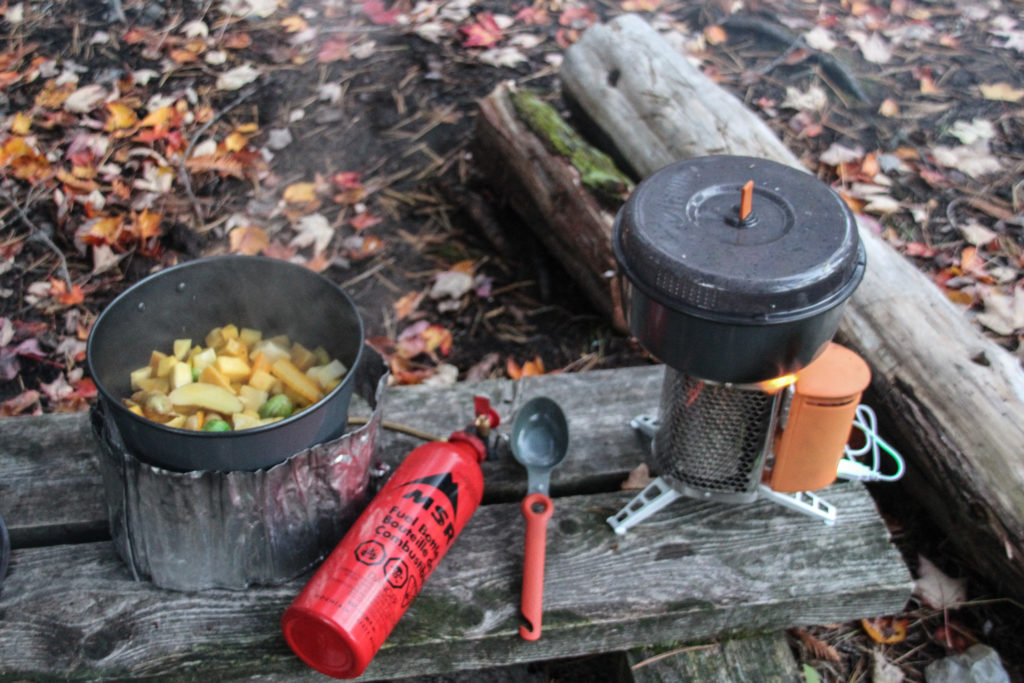
I really don’t like sounding like a grumpy old man, but every now and then a subject comes up where you have a list of complaints about and you just can’t help the way it sounds. Funny, but for a guy who thinks of himself as quite the opposite of grumpy, I do have a few of these subjects that get me grabbing my cane and waving it at the kids on my lawn. Today was one of those days, when I found myself discussion butane canisters on facebook with Christine from Camp Smarts. I was simply writing what I didn’t like about butane canisters, ran out of room with my comment, and figured I’d write it out a lot easier here (and introduce it by saying I’m not a grumpy old man).
UPDATE: I found out what happens to those gas canisters when you send them to your local waste management center.
First, I should probably mention I don’t hate butane canisters I regularly use them myself. They’re compact and easy to use. You just screw on your camp stove and you’re ready to go. No filling up, no priming, no fuel spills, and you can buy them at pretty much any outdoor store. For some stoves, the canister can even act as a stand to make it a little lighter and more compact. Oh, and I’ll keep using the term “butane”, but I also mean propane or any of the non-refillable fuel containers.
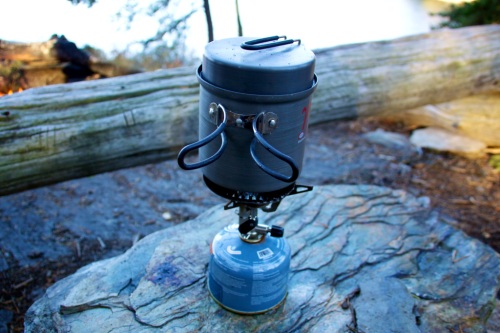
#1 Enabling the Jerks:
The first reason is actually not the fault of the canisters, rather an example of how jerky behaviour gives something a bad name. The problem is that too many people are disposing of the butane canisters by simply chucking them in the woods. The problem is that they don’t burn, so people can’t just toss them into a fire and forget them. They also don’t sink, so you can’t just dump them in the lake. They don’t crush up either, so stomping them into the ground behind some bushes doesn’t really work either. This is a litterer’s worst nightmare – there’s a lot of effort in casting off these things out of sight. So what do you do? Throw them into the outhouse of course. I’m a little saddened how many times I come across this. Less gross, but I’m sure just as annoying, I’ve also come across a couple of situations where there was a pile of canisters left at campsites, all different types and ages. People see the pile and figure that’s what you do with them. Somebody will just come by and take them. This is why Ontario Parks no longer sells non-refillable fuel canisters at the park stores, strongly discourages you from using them, and is regularly considering banning them entirely. You would too if you were the one you has to go in there and get them out, especially when considering from where you might have to get them.
Does this mean responsible people shouldn’t use them? No. If everyone carried them out with them this wouldn’t be an issue, and realistically, most people do. But enough people don’t, which is why I no longer recommend using them anymore, and hope my example might deter some from using them.
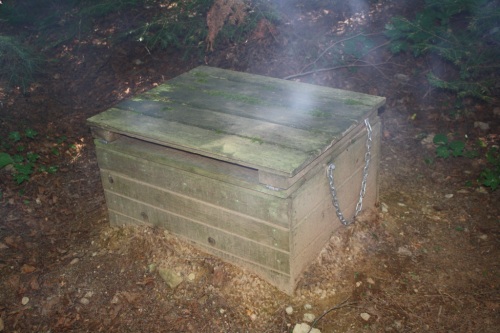
#2 Recycling
Ontario Parks wants you to bring your canisters home with you. Unfortunately, those canisters are not refillable or even recyclable, which means they need to be disposed of properly. And because they contain gas, they’re also not supposed to go into your regular garbage, but rather be deposited at your local dump’s hazardous waste center. I assume that everyone is more than happy to do all this, but it’s not that environmentally responsible. We’re supposed to – in order – Reduce, Resuse then Recycle. And I’m not certain the metal gets recycled at all once it gets processed at the dump.
#3 Content Management
You can’t see inside them, and you can’t open them up, so the only way to know how much juice is left is to pick it up and maybe shake it a little and guess. They have these stickers that you can put on them that will act as a fuel gauge, but they don’t always work. Admittedly, the more you use them the better you get at guessing. The real problem happens when you have 1/4 or less left in the canister. Your choice there is to waste the remainder and toss it (not literally), keep it hanging around for a trip that you don’t need as much (and know for sure it’ll be enough), or bring it with another and carry it around empty for most of the trip. My point is it’s an unnecessary juggling act, where if you used a refillable solution you could just top it off before each trip.
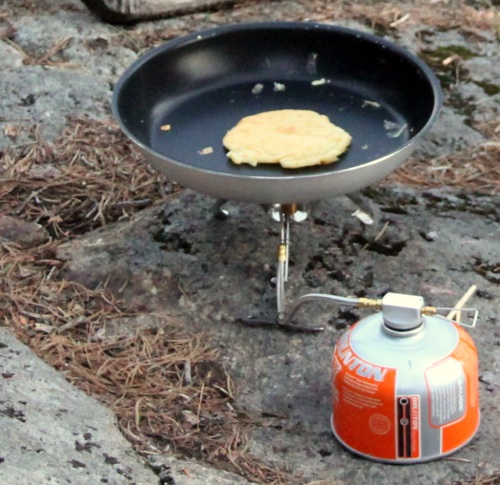
#4 The last bit of fuel is like the last bit of beer
Priming white gas stoves might be a pain, and have those eyebrow burning mishaps on occasion, but it’s the best way to maintain enough pressure to use even the last of your fuel efficiently. How many times were have you been using the last of your canister and it’s taking forever to boil some water, then finally run out, grab the new can and it seems like it’s suddenly 10 times better? It’s because they work on pressure, and the less fuel you have the worse it performs. In fact, using up the last of the can is useless, sputtering out dribbles.
#5 Trust
I’ve never personally punctured or broken a canister on a trip, but chalk that up to my over-paranoia than the craftmanship put into those cans. I have had a few puncture in my trunk (where you’re not supposed to keep them… I know). What’s easier to do is to pop the valve. You really have to be careful when jamming stuff into your backpack, and pay particular attention to making sure no pointy items are close to the canister – or can get shifted close to the canister. Alternatively, have you seen those refillable bottles made for white gas? Nice thick openings, made with tough metal and hard core lids that even have a child proof mechanism to prevent it from opening unexpectedly. Why’s that you ask? They’re made to be used often. The opposite is true for the butane canisters. They’re made as cheaply as the company can get away with – which to be fair is usually good enough – but I feel much more confident shoving stuff tightly into or not being so gentle with my pack.
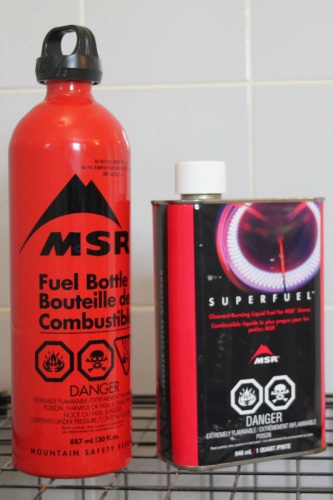
A couple of additional thoughts that don’t quite make the list, but also worth considering – let’s call them “bonus points”:
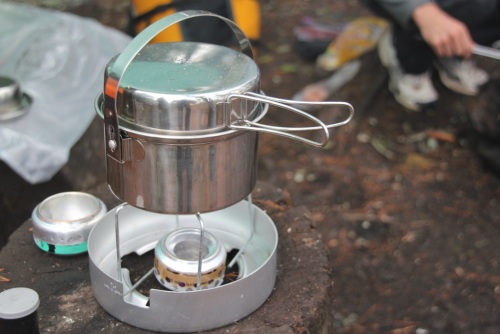
Stay tuned for more stove updates. I’ve got quite a few of all different styles I want to test out this summer. Any suggestions on ones I should try, or want to share your favourite stove, I’d love to hear about it in the comments below.
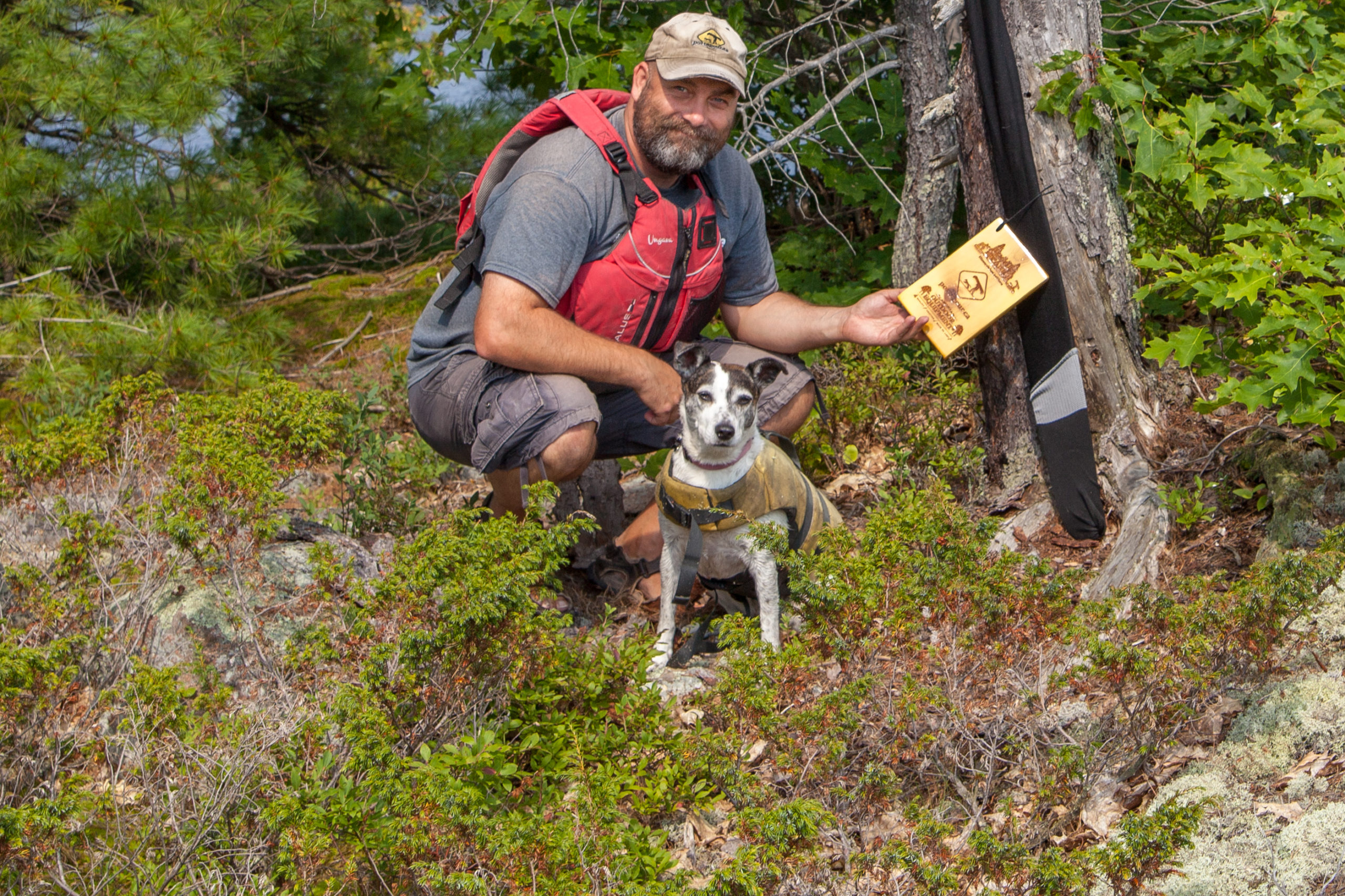
Session expired
Please log in again. The login page will open in a new tab. After logging in you can close it and return to this page.
Well… when you put it that way! Ok, so alcohol stove it is! I would have carried the canisters back out, carried them on the mesh pockets of my pack, used the half empty canisters for car camping and disposed of them accordingly. You’re right though! Reduce, reuse (refill) before recycle. I actually have an alcohol stove already, but I might be able to get a lighter one if homemade. I’m looking forward to your future stove updates.
Canisters came into being after I learned to fill, pump, light with white gas (oops, maybe showing my age there). I never found it hard to do…never thought of this as inconvenient. Never singed my eyebrows. It is after all fuel and fire so careful is the operative word. When the canisters first came on the market I was not interested for all the reasons you have described. I hate to think just how many canisters have been made and disposed of in all those years.
@Christine – The home made ones sound like a fun project, but I haven’t done so myself yet. I hear in the bushcraft world there’s a bit of pride in finding just the right can either for best use or just to match your personality.
@Lauren – You’re right, it’s not that hard, but I have singed my eyebrows, but I think that might have been a user error more than the fault of the stove. 🙂
[…] few days ago, I got into some conversations about those butane canisters for camp stoves, and wrote a post about it. I’ve been phasing them out on my trips, and have been actively encouraging others to do the […]
Jetboil has some sort of can opener available now to pierce the empty canister which allows for recycling. I bought the opener last fall, but have been using my Trangia since then and have not emptied another canister. I will probably shift to the Trangia exclusively, and only use the Jetboil now when really pressed.
@JB – I have been informed that at my local facility they will not accept empty canisters even after using the Jetboil tool. I hear they do accept them in other places though, like in BC. An updated post has a little bit of information on this (https://portageur.ca/gear/what-happens-to-butane-canisters)
Standard 1 lb propane tanks are clean burning, long lasting, tough and safe. There is a $20 brass fitting widely available on ebay that connects the 1 lb to a 20 lb tank. You just turn it upside down and in a minute it’s full and good as new for less than $1. Not sure how many times you can do this before the valve fails but I’m guessing 10 or more.
Anyone know if it’s possible to refill butane tanks?
Canisters are really for beginners and casual usage. If you know how to camp you bring refillable stoves and or no fuel whatsoever. It takes planning and a little skill to go without fuel. Try it sometime and ditch the useless cans!
While maybe true, there’s something to be said for the expression “having the right tool for the job”. I don’t see how the “and or” in your comment makes any sense. You wouldn’t bring a stove AND no fuel. That’s just dead weight Phil.
I agree with most of the things you said, however I still use them.
There are a few things I should mention:
I do pack them OUT.
They are in fact refillable and recyclable if you know what you’re doing.
You can always tell how much fuel is left in the tank if you simply weigh it and tear the cyl. weight.
The awkwardness of the shape really depends on your gear loadout preferences, what I mean is you can’t fit a white gas stove and fuel bottle into a pot. You CAN fit a 227g butane can and stove inside a pot.
Regarding the recycling, the canister must expended and pierced. You can use something like a “crunch-it tool” for this.
Regarding refilling, valves are available that will attach one tank to another. Invert the donor tank and chill the recipient tank, open the valve. Use a scale to determine volume transferred.
I think the problem is that butane cylinder stoves are easily accessible because of their simplicity of use, this means that many novice backpackers and campers will flock to them. It is these people that are more likely going to chuck their “empty” cylinder somewhere distasteful.
Even more experienced backpackers like the ease of use, there is nothing more simple or as fast when you just want a cup of coffee or tea along a trail! (barring issues with colder climate and altitude yes).
My .02 cents, Cheers!